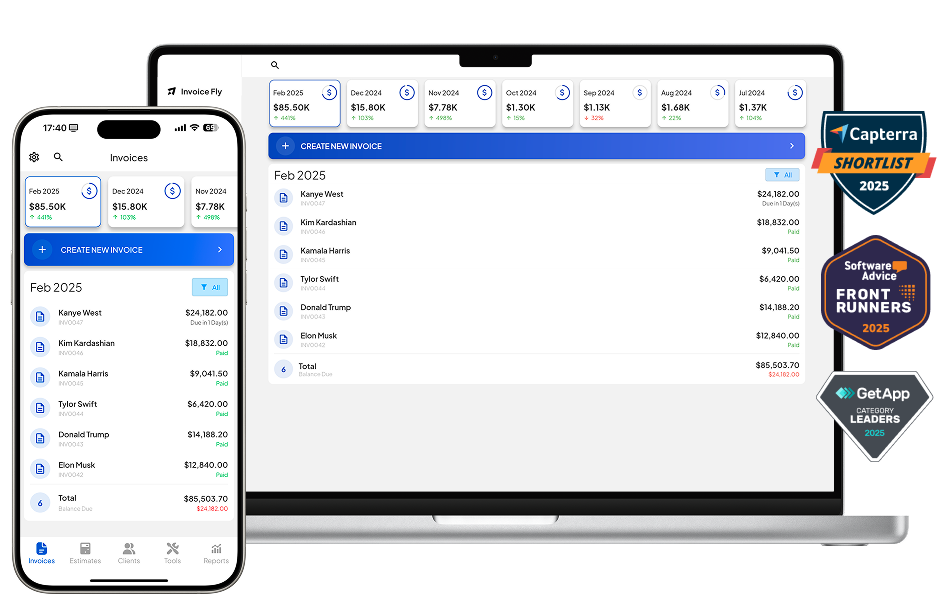- Home
- »
- Glossary Of Terms
- »
- Chart of Accounts
Chart of Accounts Definition
Chart of Accounts
A Chart of Accounts is a structured listing of every asset, liability, equity, revenue and expense account your organization uses to record transactions in its general ledger. It provides the backbone for accurate financial reporting—whether you’re sending out your next invoice, reconciling bank statements, or preparing budgets for a nonprofit.
Key Components
- Assets: Current (cash, accounts receivable) and long-term (equipment, property)
- Liabilities: Short-term (accounts payable, credit lines) and long-term (loans, mortgages)
- Equity: Owner’s capital, retained earnings, net assets (especially for nonprofits)
- Revenue: Sales, grants, donations, service income
- Expenses: Cost of goods sold, payroll, rent, utilities, program expenses
How It Works in Your General Ledger
Every transaction—like issuing an invoice or recording a donation—flows into the general ledger under one of these accounts. A well-structured chart ensures:
- Consistent coding of similar transactions
- Accurate trial balances and financial statements
- Clear audit trails for grants and nonprofit reporting
Example: Nonprofit Chart of Accounts
A small charity might organize accounts as follows:
- 1000 – Assets
- 1010 – Cash
- 1020 – Pledges Receivable
- 2000 – Liabilities
- 2010 – Accounts Payable
- 2020 – Deferred Revenue (Grants)
- 3000 – Equity / Net Assets
- 4000 – Revenue
- 4100 – Contributions
- 4200 – Program Service Fees
- 5000 – Expenses
- 5100 – Program Expenses
- 5200 – Administrative Expenses

FAQs Chart of Accounts
The five fundamental categories in a Chart of Accounts are Assets, Liabilities, Equity, Revenue, and Expenses. Every transaction—whether you record an invoice payment or allocate nonprofit grant revenue—falls into one of these five groups, ensuring your general ledger remains balanced.
“Chart accounts” refers to the individual line items listed in your Chart of Accounts, such as Cash, Accounts Receivable, Accounts Payable, or Program Services Revenue (for nonprofits). Each account is assigned a unique code and name to organize all financial activity in the general ledger.
Some organizations expand beyond the basic five to include Gains and Losses, creating seven total types: Assets, Liabilities, Equity, Revenue, Expenses, Gains, and Losses. This distinction helps separate one-time gains or write-downs from regular operating income or expenses.
The five account types mirror the core Chart of Accounts categories:
- Asset
- Liability
- Equity
- Revenue
- Expense
Properly classifying each transaction—like a sales invoice or a grant in a nonprofit ledger—ensures accurate financial statements.
Think of your Chart of Accounts as the index of your financial system. It’s a numbered list (often using a template or custom coding scheme) that groups every ledger account by type and purpose. When you post an invoice, purchase, or donation, you reference this index so reports and budgets pull data consistently.
Under GAAP, a Chart of Accounts must clearly segregate accounts into the five primary categories—Assets, Liabilities, Equity, Revenue, Expenses—and follow consistent numbering and naming conventions. While GAAP doesn’t mandate specific codes, it requires that your general ledger supports accurate, comparable financial statements.
Best practices include:
- Use a logical numbering system (e.g., 1000–1999 for Assets, 2000–2999 for Liabilities).
- Group related accounts together (e.g., all receivables under Accounts Receivable).
- Keep codes concise but expandable (so you can add new projects or nonprofit funds).
- Review annually to retire unused accounts and maintain clarity.
Standard accounting recognizes five primary Chart of Accounts types—Assets, Liabilities, Equity, Revenue, and Expenses—but many entities layer on two more (Gains and Losses), for a total of seven. You can also create subsidiary charts (e.g., departmental or project-based) to suit your organization’s needs.
A ledger (or general ledger) is the master record that aggregates all your journal entries by account. Every invoice, payment, expense, and donation posts to the ledger—pulled directly from your Chart of Accounts—so you can generate trial balances, balance sheets, and income statements.

Other Free Resources

Try Invoice Fly Today
- Send quotes & invoices in seconds
- Collect card & online payments
- Receive instant notifications
- Win more jobs

